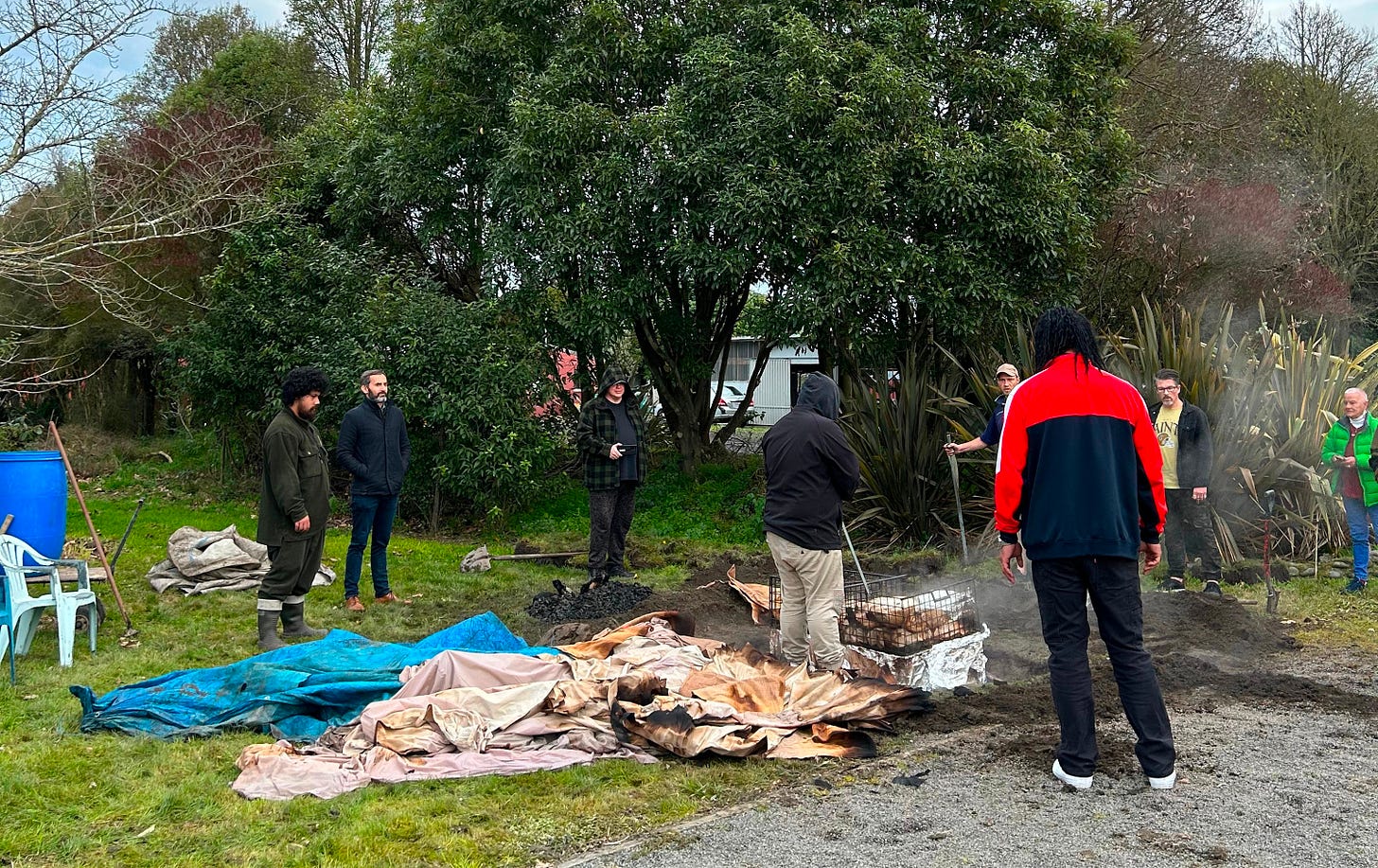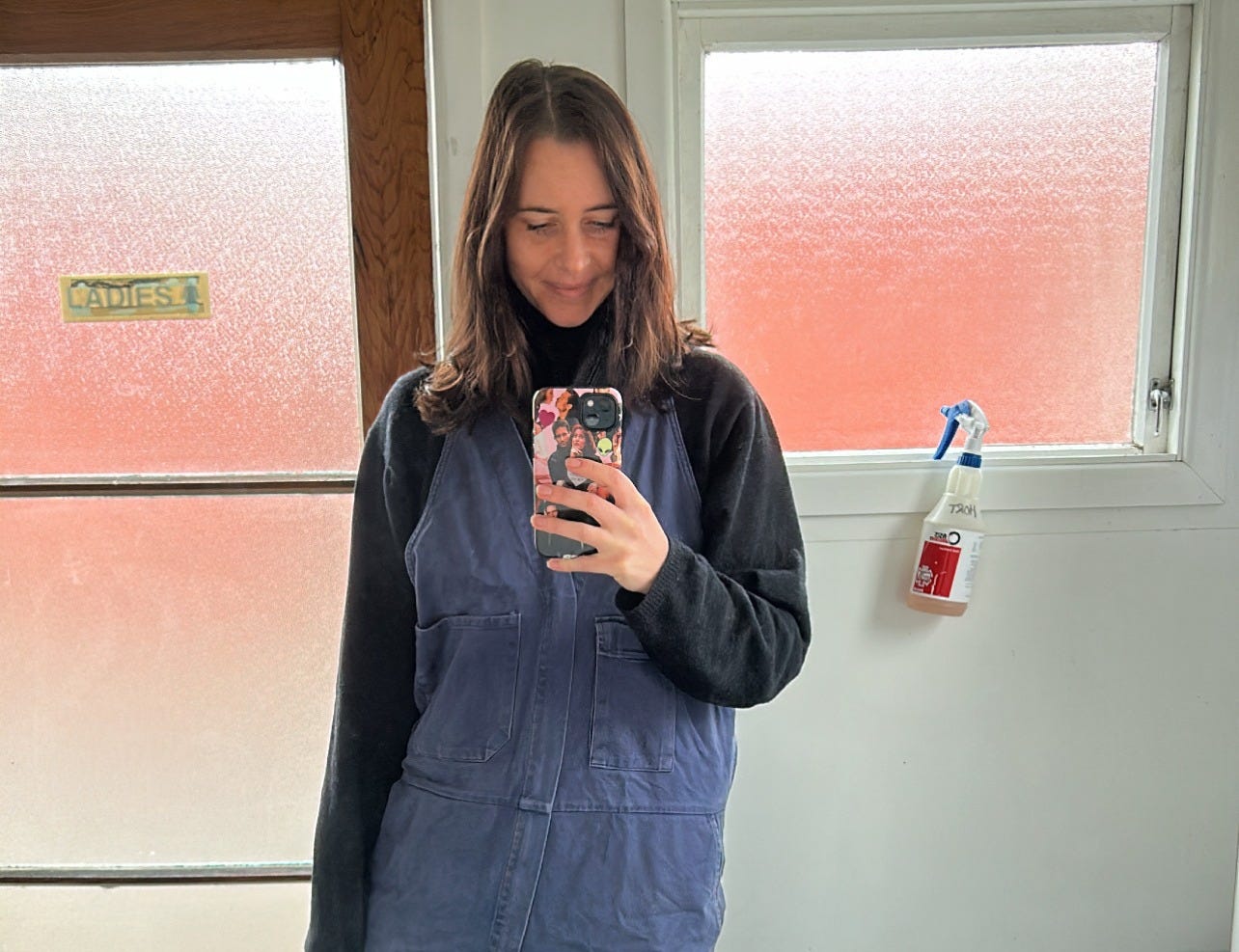Inside Addiction: Part 4 | Matariki and the Ones Who Didn’t Make It
"Ehara taku toa i te toa takitahi, engari he toa takitini."
If you’re considering a paid subscription, here’s what it supports:
Reporting on addiction, mental illness, and the systems that shape us.
A novel-in-progress about institutions, eugenics, and survival.
Courses that use writing to support mental health.
In return, you’ll get:
Bonus Q&As, behind-the-scenes content, and more personal essays.
If that feels worth supporting, I’d be deeply grateful.
This past weekend in Aotearoa, we celebrated Matariki, the Māori New Year, signalled by the reappearance of the Matariki cluster in our winter sky.
It made me think of my three months on the farm, in rehab.
In those early weeks of July in 2023, other addicts in recovery brought out telescopes, and we got up in the freezing early mornings to witness the stars. We’d stand in the gravel driveway, taking turns to look through the lens, someone guiding our eyes toward the cluster.
The whole week was a celebration. Our workshops were shaped by a Māori lens on health and healing as we built up to and prepared for the hāngī. Staff, residents, and their whānau gathered to prepare the kai. There was music, laughter, and work. I was stationed with my closest friend there, Kerry. We’d both worked in kitchens before, and we were put in charge of peeling and chopping potatoes, kūmara, and carrots.
Nova was where I came to understand the strength of the collective. It wasn’t just a residential rehab—it was a working farm. Every weekday morning, the residents met in the shed for karakia, then received our tasks for the day.
The wāhine would set out with old crates and a wagon into the tunnel houses, pruning cucumbers, picking chillies, planting seedlings, or shovelling sawdust into bags. We were allowed to crank the radio. If you’d been hovering over the farm in Templeton, you would’ve seen lines of wāhine moving through the rows, planting, re-potting, laughing, working.
The 21st of June is my clean time birthday. This Friday, I celebrated two years in recovery with a morning meeting in a small community cottage—with beautiful friends and other addicts, with a black tea and citrus cake that my sponsor made for me.
Milestones bring the past with them. Matariki does too. It’s a time I think of the tangata I’ve known who didn’t make it—who’ve passed on from this disease. I think of the beautiful people I lived with during those three months. I don’t know if they’re still alive, or sober, or okay.
Less than two months after I left Nova, I went to the funeral of a friend from the programme. We’d played pool and table tennis together. We went to the gym most afternoons, run club on Saturdays at Hagley Park. He relapsed when he was out, and within four weeks, he was dead.
The funeral was a celebration of his gentle nature and his determination to live a full life. But I also remember feeling this collective relief that his suffering was over. Addiction is excruciating.
People with serious substance use disorders in Aotearoa may die 15–25 years earlier than the general population—a pattern shaped not just by the effects of substances, but by co-occurring mental illness, poverty, and unequal access to healthcare.¹ ² And my friend was one of the most determined in our cohort. So as heartbreaking as it was, I understood the relief.
This year, my clean time birthday fell on the same weekend as Matariki. I feel deeply connected to anyone still suffering from the same disease I have. Even if I don’t know you, I feel you. I know how hard you're working just to stay here.
At the beginning and end of NA meetings, we take a moment’s silence for the addict still suffering. So I will leave you with a karakia and a moment's silence.

Footnotes:
Te Pou o te Whakaaro Nui (2020). Equally Well: Supporting physical health outcomes for people with mental health and addiction needs. https://www.tepou.co.nz/initiatives/equally-well
Whiteford HA, Degenhardt L, et al. (2013). Global burden of disease attributable to mental and substance use disorders. The Lancet, 382(9904), 1575–1586.











